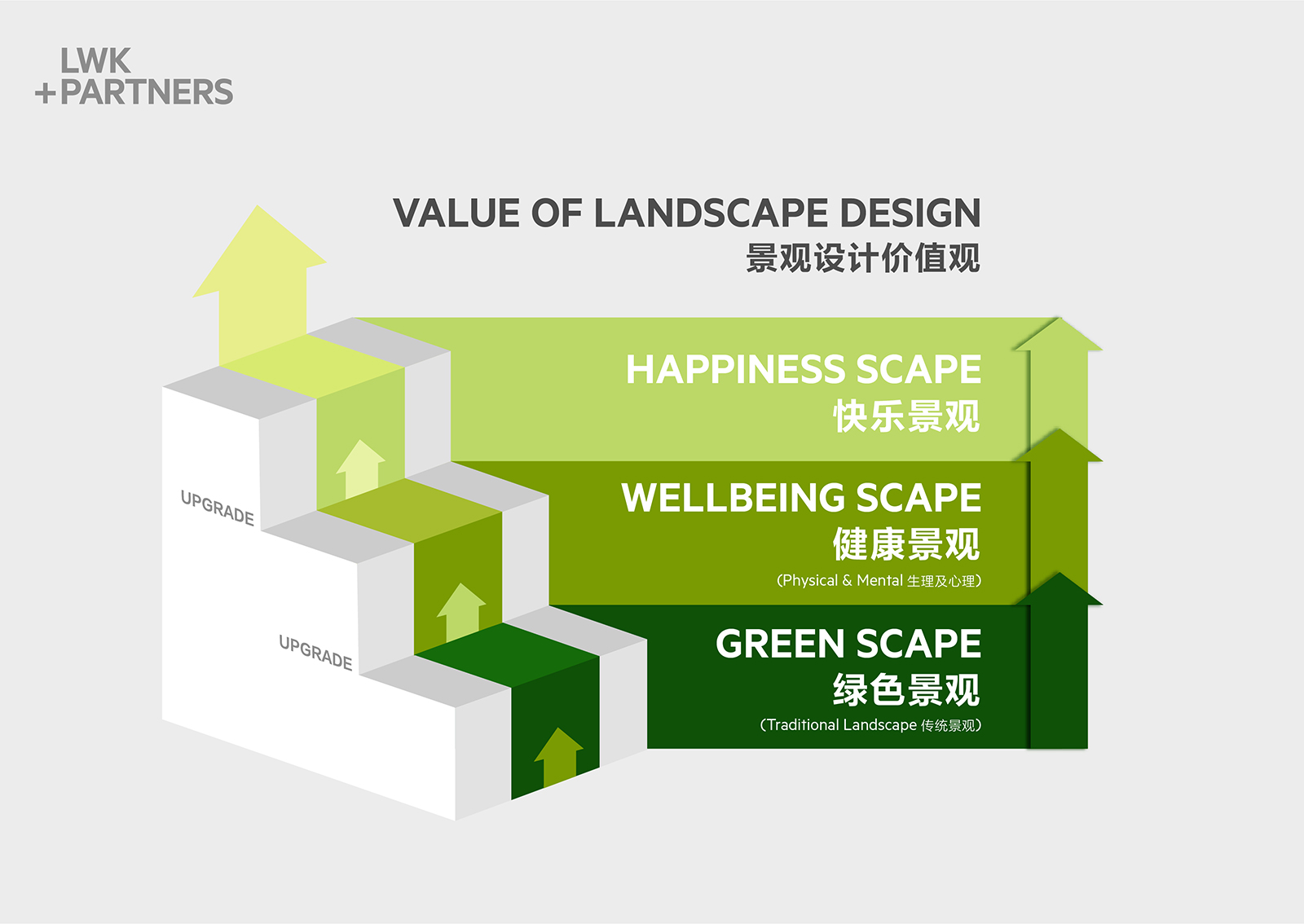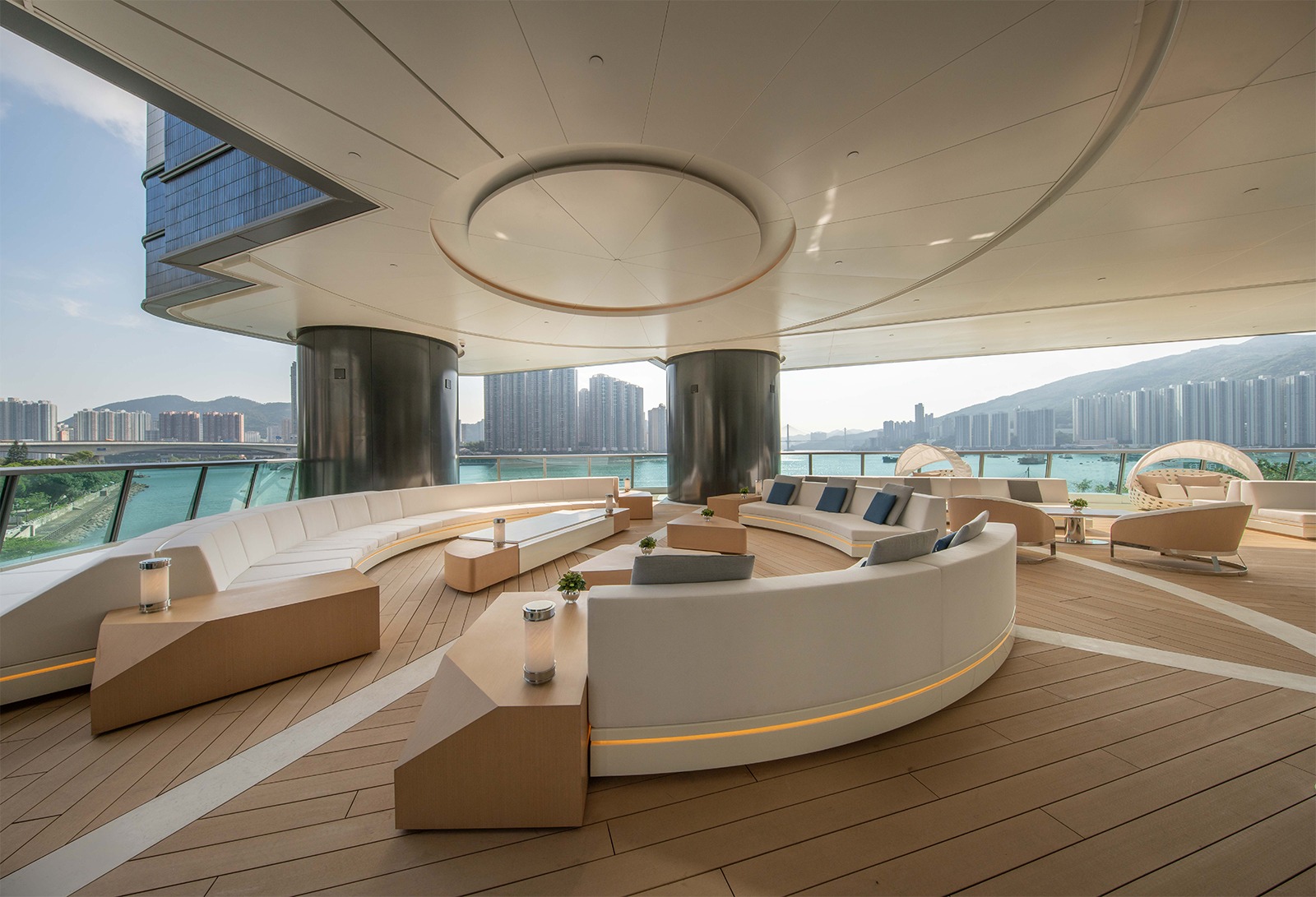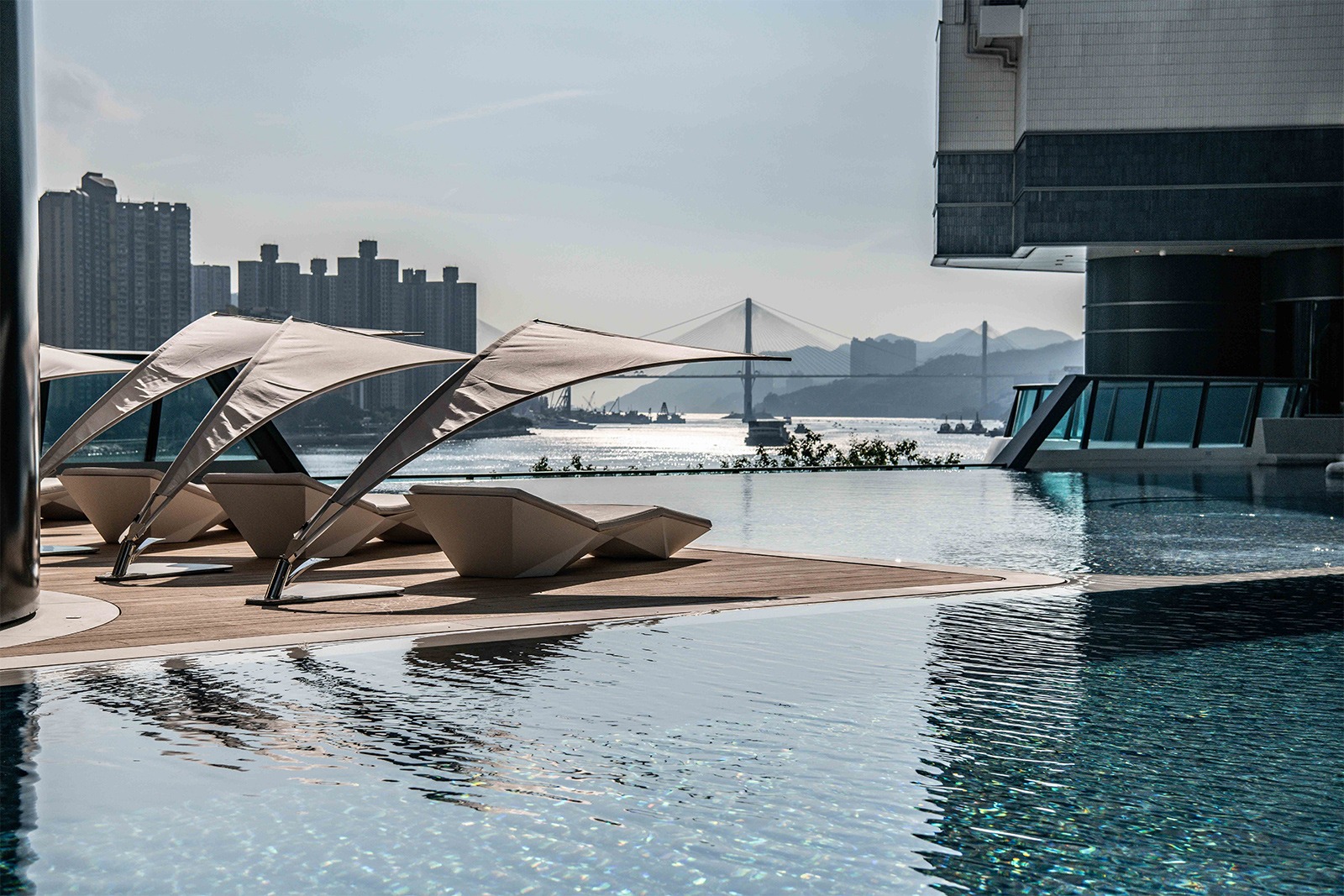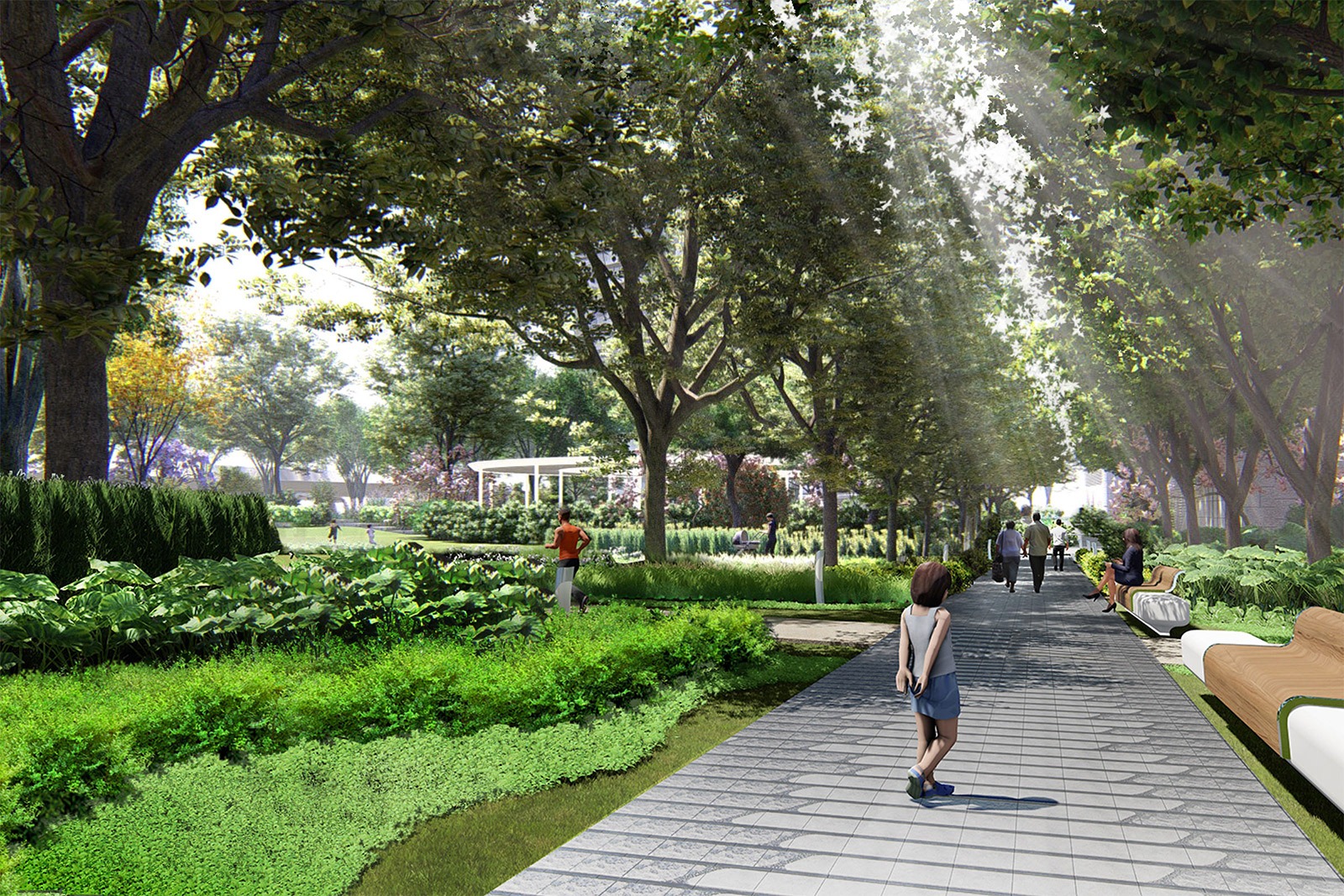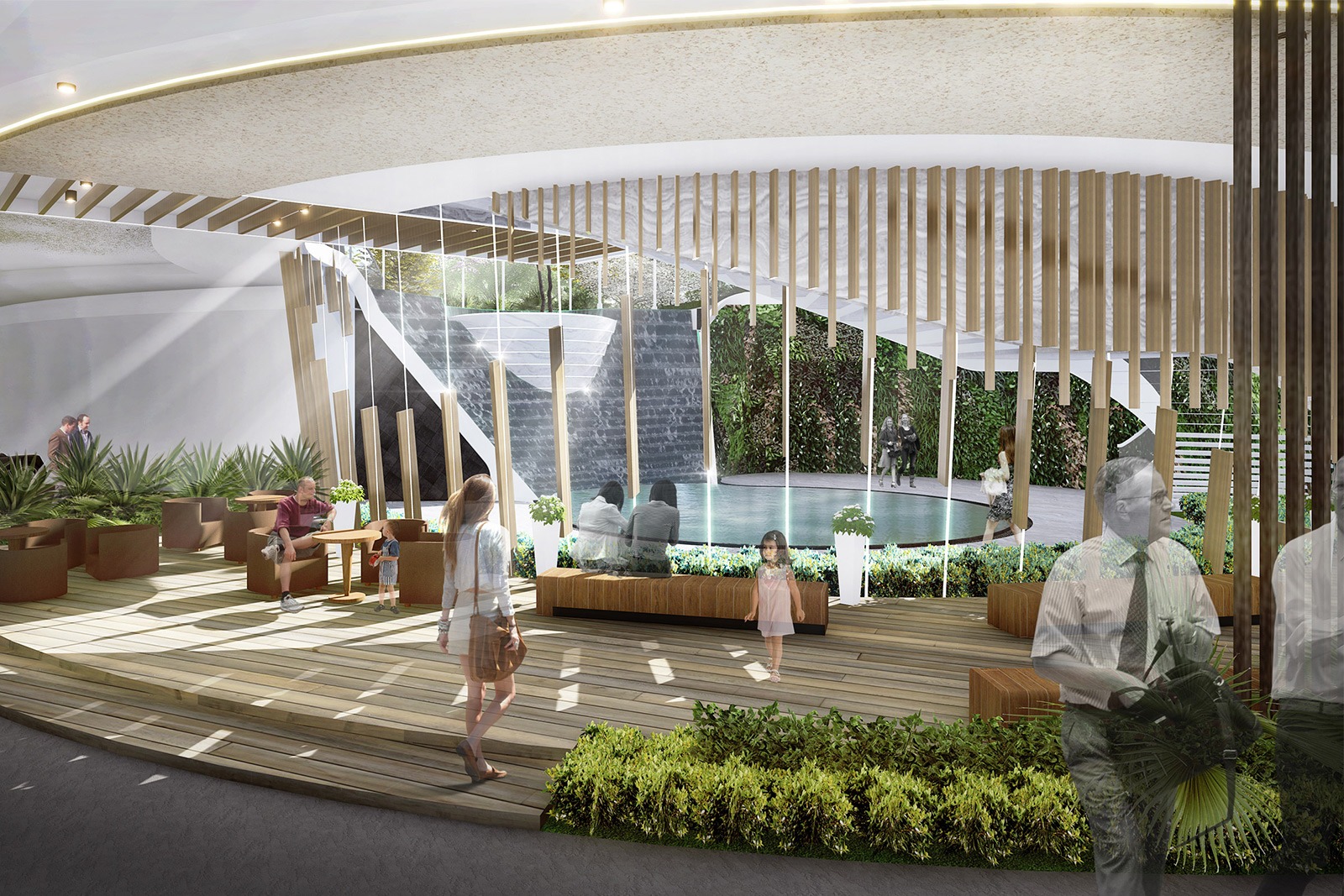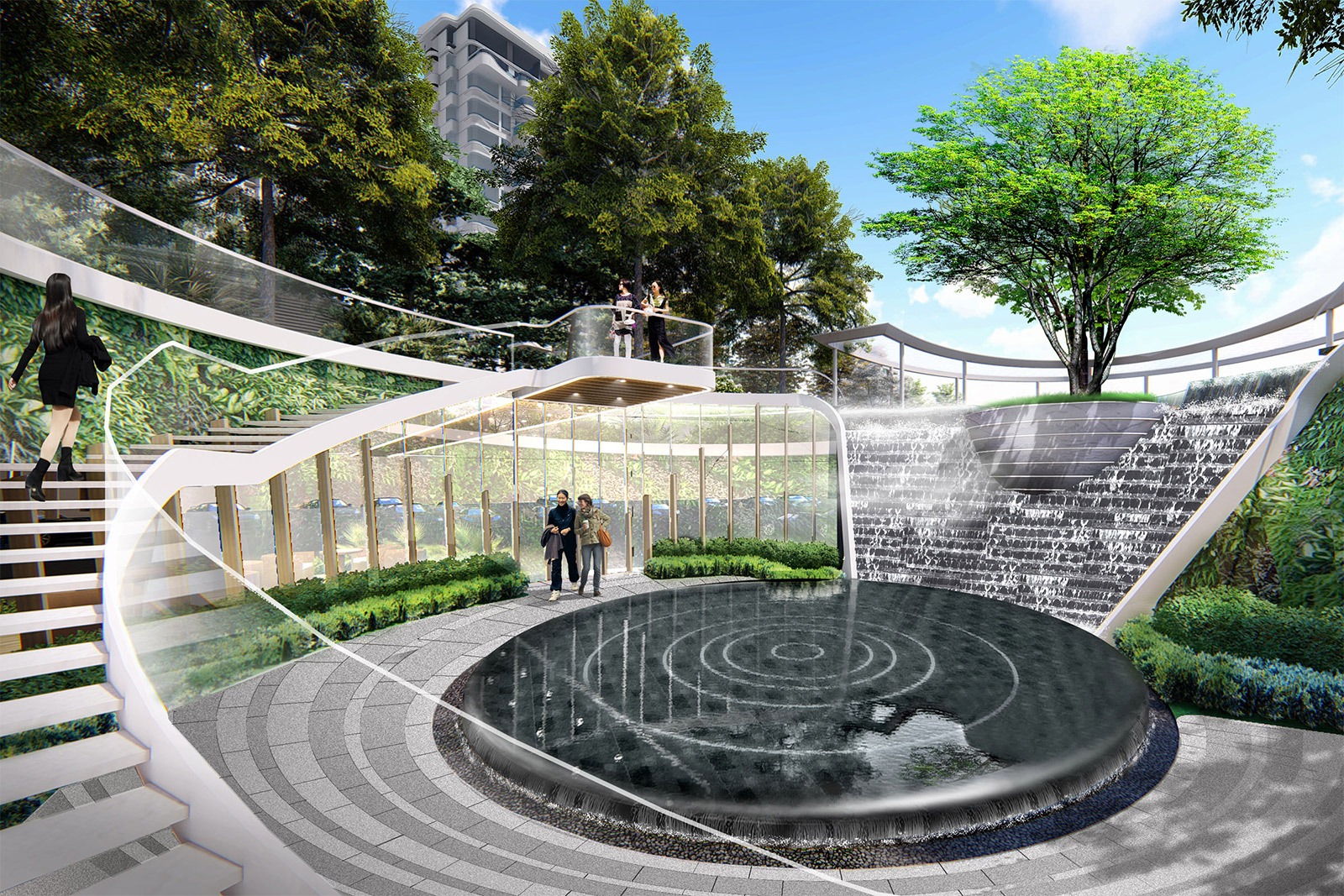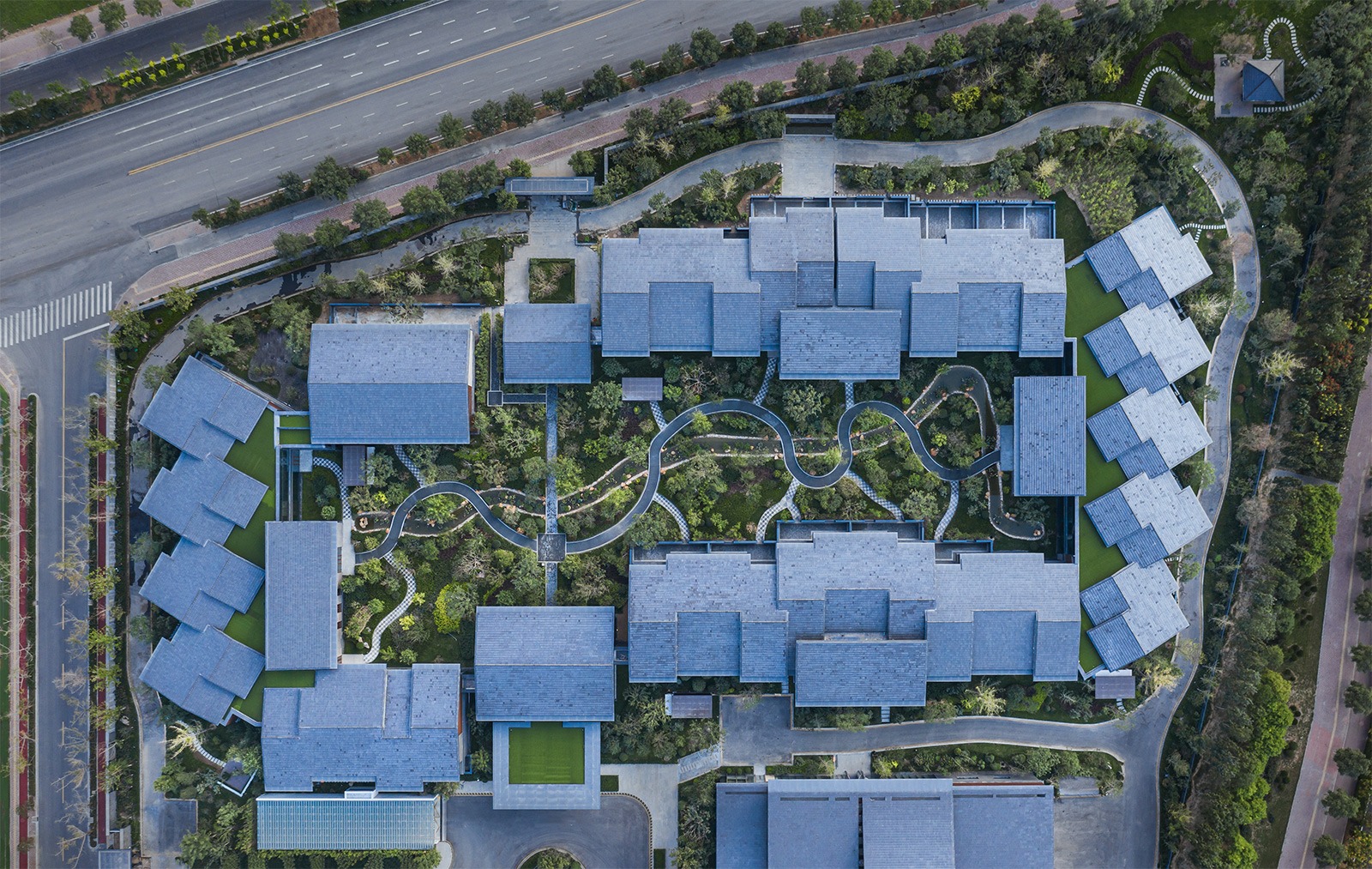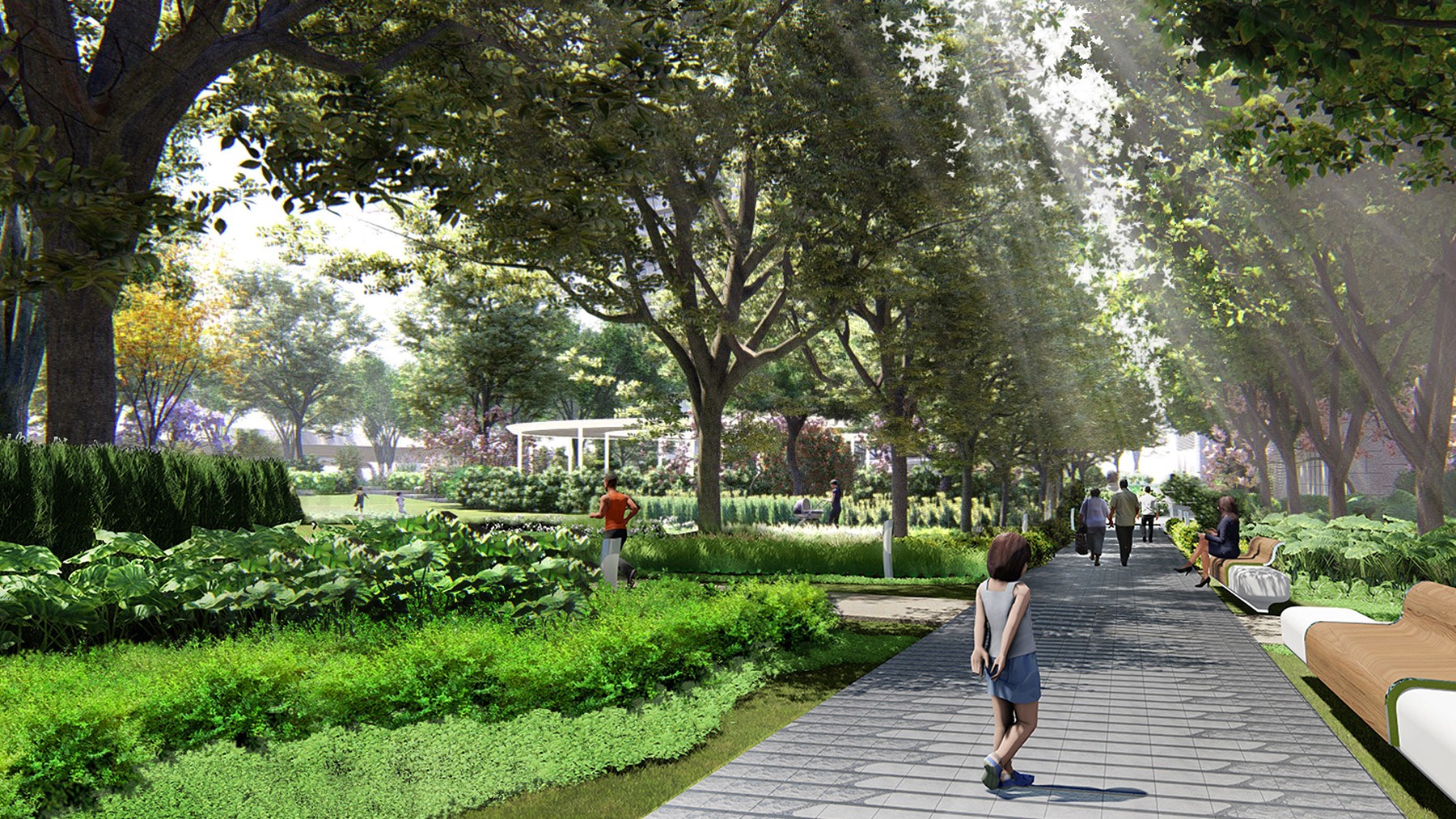
08 April 2020
DESIGNS A LAND OF WELLBEING
Landscape design was once unfairly seen as interchangeable with the decoration of ‘green spaces’. As society evolves, modern landscape design has taken on a different role in urban development, shifting from its traditional role to one that instils various positive values to society and life through multiple dimensions. With ‘wellbeing’ fast becoming a buzzword amid the epidemic, the industry has seen much discussion on how to improve ventilation, anti-bacterial equipment and the likes. LWK + PARTNERS believes that the conversation can benefit from considering how landscape design can be better integrated with the overall environment alongside technology, heritage and ecology, to boost people’s wellbeing.
Wellbeing is two-fold – both physical and mental health must be addressed here, and they can be holistically incorporated in a given space if well-curated landscape elements that speak to a project’s unique positioning and overall design objectives are in place. A humanised experience and values of liveability are at the centre of these design initiatives to create healthy and happy communities.
From Environment To Behaviour – Physical Wellbeing
LWK + PARTNERS believes that behavioural changes can be induced through environmental design, calling for healthy habits that elevate the quality of life. We evaluate site features to match residential projects, commercial spaces or recreational facilities with the most fitting landscape elements including running tracks, outdoor sports venues, indoor or outdoor swimming pools, children’s playgrounds and elderly fitness facilities. We challenge the boundaries between indoor and outdoor spaces and bring in natural scenery to indoor areas, encouraging people to move daily activities and their social life under the sun for a healthier lifestyle.
At THE PAVILIA BAY in Hong Kong, for example, LWK + PARTNERS took full advantage of the development’s seafront location to set its clubhouse facilities in open or semi-open areas. Complemented by well-ordered greenery, these facilities allow residents to extend their ‘comfort zone’ to public spaces outside their homes and spur a sense of belonging. It also provides the opportunity to spend more time walking or doing physical activities.
Interacting with others and a sense of community are essential for a healthy mind. While trees have always been popular social spaces, people are likely to spend longer periods of time together where benches and pavilions are thoughtfully designed – drawing attention to their arrangements, numbers, facing angles, materials and levels of privacy. Public space design is also important in that they are key for engaging seniors to exercise outdoors, slowing down the speed of aging and bringing them in touch with other people of the community. This helps maintain a cheerful mood and is part of active ageing. Move this to an urban planning scale – bike trails and walkable communities can well become healthy landmarks that integrate regular exercise in daily life and nurture new kinds of place-specific lifestyles.
Elevating Lifestyle Through Multisensory Experience – Mental Wellbeing
The notion of healthy communities has gained traction among landscape designers. The trend is to adopt a multisensory approach to make best use of nature’s offerings to address specific project needs and the local culture.
Different plant species don’t only confer a space with visual properties like colours and forms, but are also responsible for its soundscape. In residential spaces, for example, different types of trees can do more than providing shades and light configuration, acting also as ‘noise-cancelling’ devices that block out the unwanted hubbub from the city to create a peaceful living environment for residents and visitors. Along similar lines, having a diversity of vegetation attracts different birds, while waterscapes of various sizes and features provide habitats for different fish, algae and aquatic organisms. Aroma can be specially curated for large developments through tea gardens, Chinese herbal gardens and the likes. These rich systems of visuals, sounds and aroma offer great ways for building an immersive environment of nature, which helps people relieve pressures from urban life while inspiring creativity, all conducive ingredients for a healthy mind.
Smooth spatial transitions are also a plus for the mind. With underground carparks becoming a main point of access for residential spaces, LWK + PARTNERS has been working to introduce overground land features to underground spaces and integrating the two in more effective ways. Taking Zhuhai’s Bayview Garden in China as an example, we’ve widened the light wells and optimised ventilation for underground spaces to create environmental conditions that promote the physical and mental wellbeing of residents.
Healthy Spaces, Healthy Cities
Health empowers happiness. Weaving our built and natural environments together through innovative landscape designs would bring people closer to nature and give urban spaces a refreshing dose of energy. At LWK + PARTNERS, we employ a rich palette of architectural and landscape design elements to activate multisensory stimulants, and in doing so improve everyday experiences as well as inspire more liveable cities. By laying down the suitable environmental conditions, our landscape design programmes facilitate healthier lifestyles and push forward a series of changes in people’s behaviour towards better physical and mental wellbeing.


